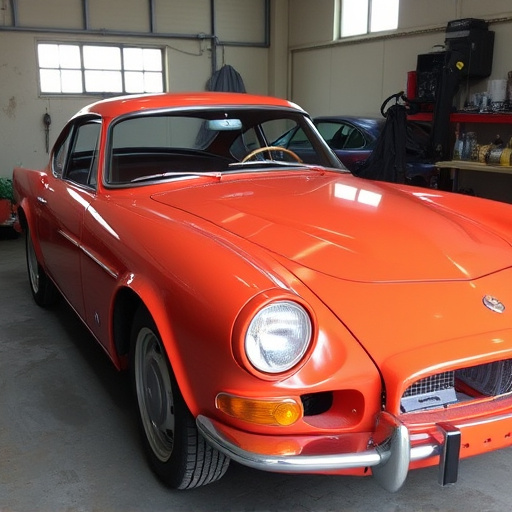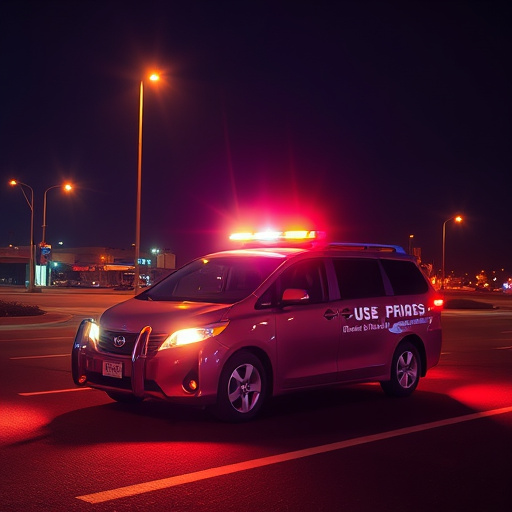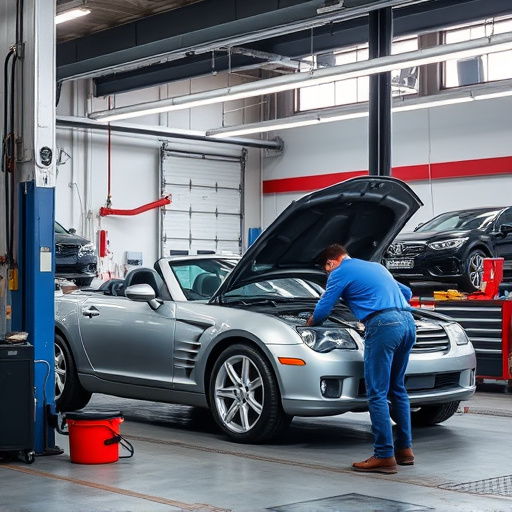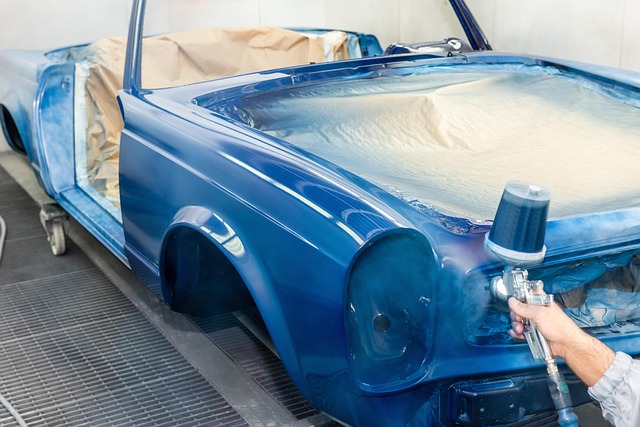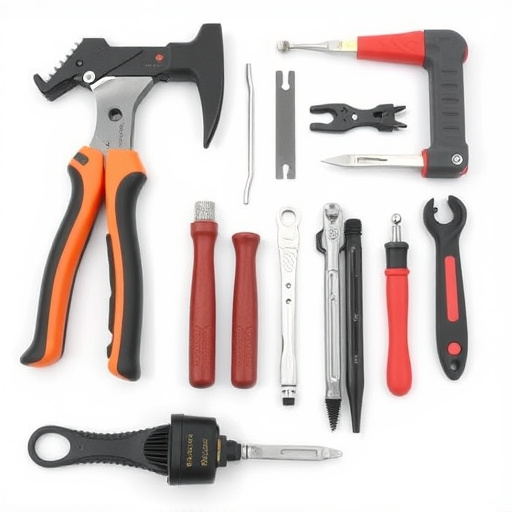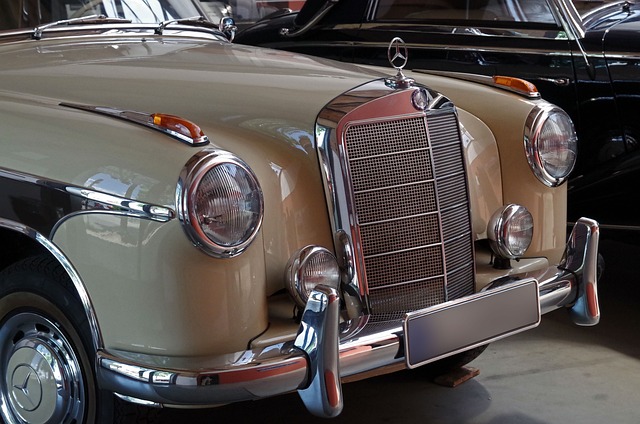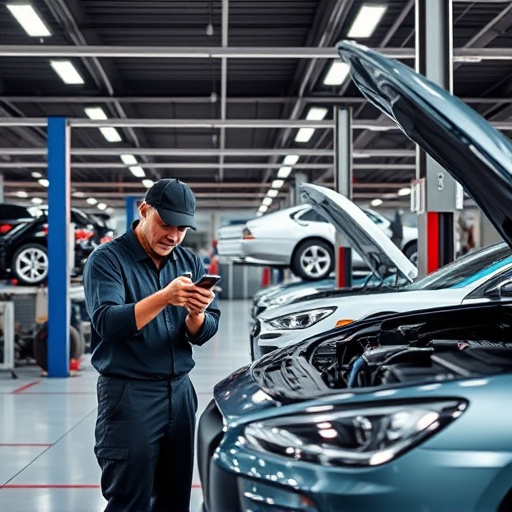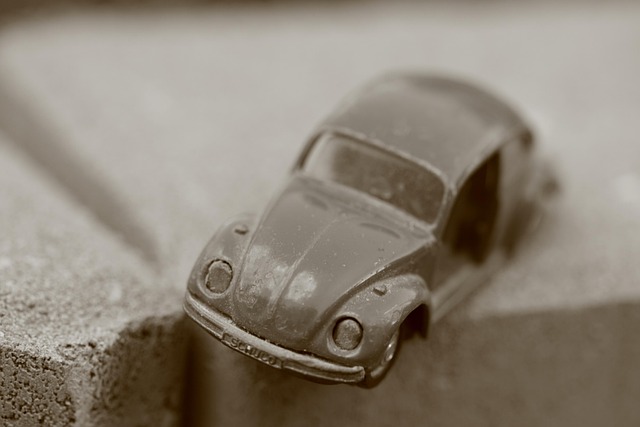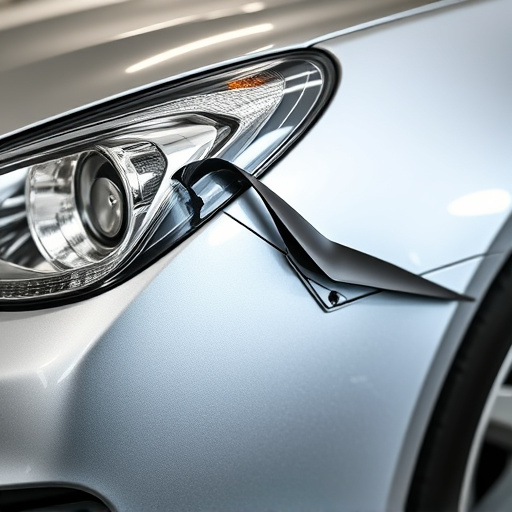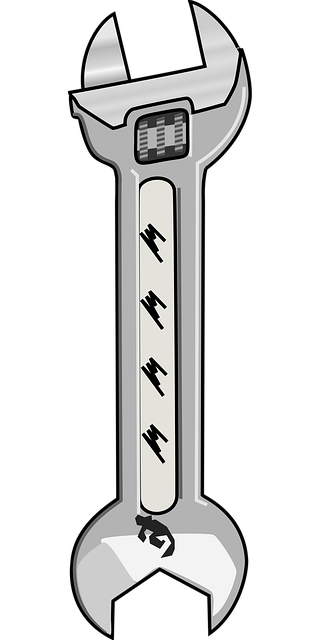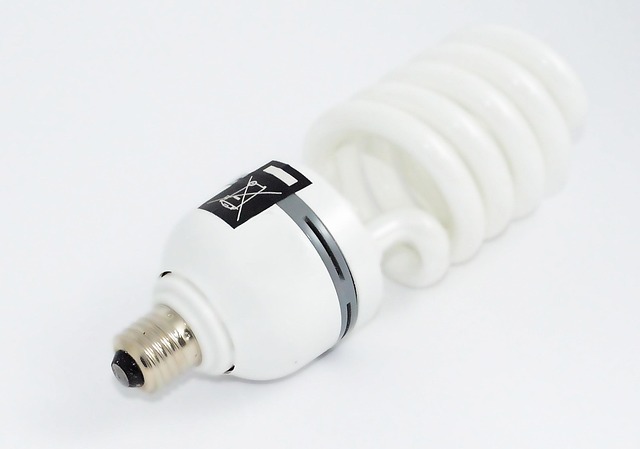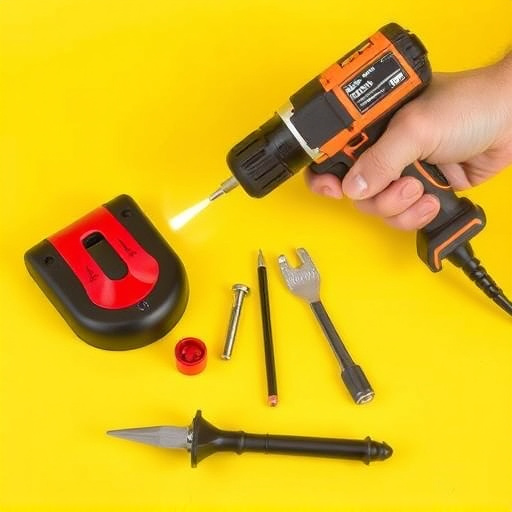Computerized paint matching revolutionizes automotive repair with precise color analysis, but environmental factors like temperature, humidity, and lighting significantly impact accuracy. To ensure optimal performance during tasks like dent removal, continuous calibration is necessary to compensate for these variables. Maintaining stable ambient conditions through advanced climate control systems and regular system calibrations using high-quality standards are crucial for consistent and precise paint matching in diverse environments.
Computerized paint matching has revolutionized the automotive and manufacturing industries, offering precise color replication. However, its sensitivity to environmental conditions can impact accuracy, leading to mismatches and dissatisfied customers. This article explores key environmental factors influencing paint color outcomes, from temperature and humidity to dust and UV exposure. We also provide strategies for optimizing computerized paint matching in diverse environments, ensuring consistent, high-quality results regardless of the climate.
- Understanding Computerized Paint Matching and Its Sensitivity to the Environment
- Key Environmental Factors Influencing Paint Color Accuracy
- Strategies for Optimizing Computerized Paint Matching in Diverse Environments
Understanding Computerized Paint Matching and Its Sensitivity to the Environment
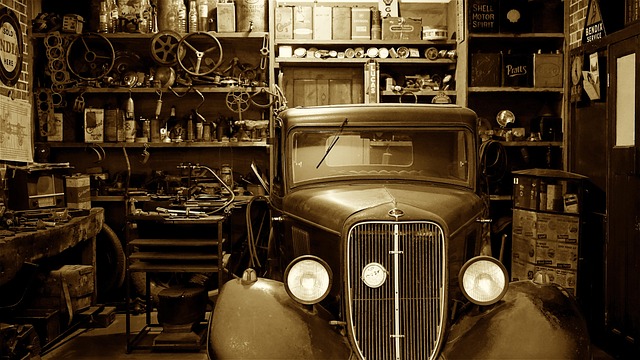
Computerized paint matching is a revolutionary technology that has transformed the automotive industry, particularly in processes like car body restoration and vehicle dent repair. This advanced system uses intricate algorithms to analyze and match colors precisely, ensuring seamless repairs and an authentic finish. However, it’s crucial to understand that this sophisticated process isn’t immune to environmental conditions.
The environment plays a significant role in the accuracy and efficiency of computerized paint matching. Factors such as temperature, humidity, and even light exposure can impact the results. For instance, extreme temperatures can cause expansion or contraction of materials, affecting measurements. High humidity levels might lead to moisture absorption by surfaces, altering color readings. Additionally, different lighting conditions during the scanning and repair stages can result in variations in color perception, requiring continuous calibration for optimal performance, especially when undertaking tasks like dent removal.
Key Environmental Factors Influencing Paint Color Accuracy
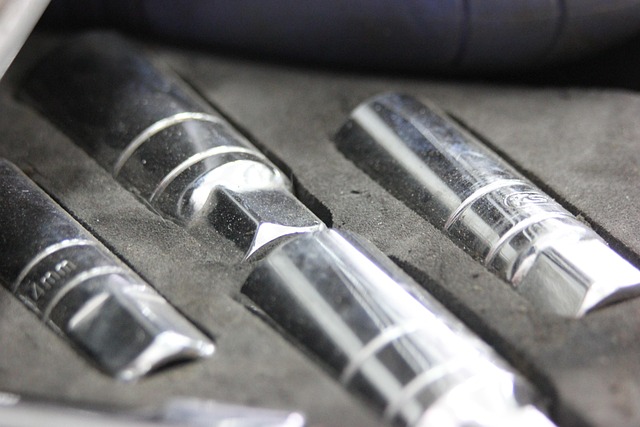
The accuracy of computerized paint matching, a critical aspect of modern automotive repair and restoration, is significantly influenced by environmental conditions. One key factor is temperature. Extreme temperatures can alter the properties of paint, affecting its color interpretation by the computer system. For instance, during hot weather, paints may expand, leading to potential mismatches when cooling down. Conversely, cold temperatures can cause contraction, introducing similar challenges.
Humidity levels also play a crucial role. High humidity can impact the stability of paint films, causing them to become more susceptible to fading or discoloration over time. This, in turn, affects the precision of color matching algorithms, particularly in auto glass repair and vehicle repair scenarios where clear coatings and transparency are essential. Proper environmental control, especially in car collision repair settings, is therefore vital to ensure consistent and accurate paint matching.
Strategies for Optimizing Computerized Paint Matching in Diverse Environments
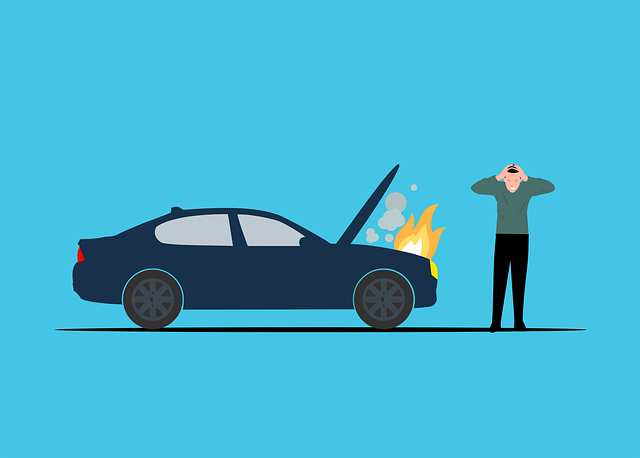
Optimizing computerized paint matching in diverse environments requires a multifaceted approach. First, controlling ambient conditions is paramount. Temperature and humidity levels can significantly impact the accuracy of color matching, so maintaining stable and suitable conditions within the car body shop or vehicle bodywork facility is essential. This might involve investing in advanced climate control systems that ensure consistent environmental parameters.
Additionally, calibrating and regularly maintaining the computerized paint matching system itself is crucial. Using high-quality standards and reference materials ensures that the system accurately interprets and replicates colors across different vehicle surfaces. Incorporating feedback loops where technicians can adjust settings and fine-tune the algorithm based on real-world performance enhances the overall precision of the process, whether for car dent repair or intricate bodywork transformations.
Computerized paint matching is a sophisticated technology that has transformed the automotive and manufacturing industries. However, its accuracy is finely tuned to environmental conditions. By understanding key factors like temperature, humidity, and light exposure, professionals can optimize these systems for consistent performance in diverse settings. Implementing strategic adjustments ensures that computerized paint matching delivers precise color results, regardless of external variables, ultimately enhancing overall quality control.
